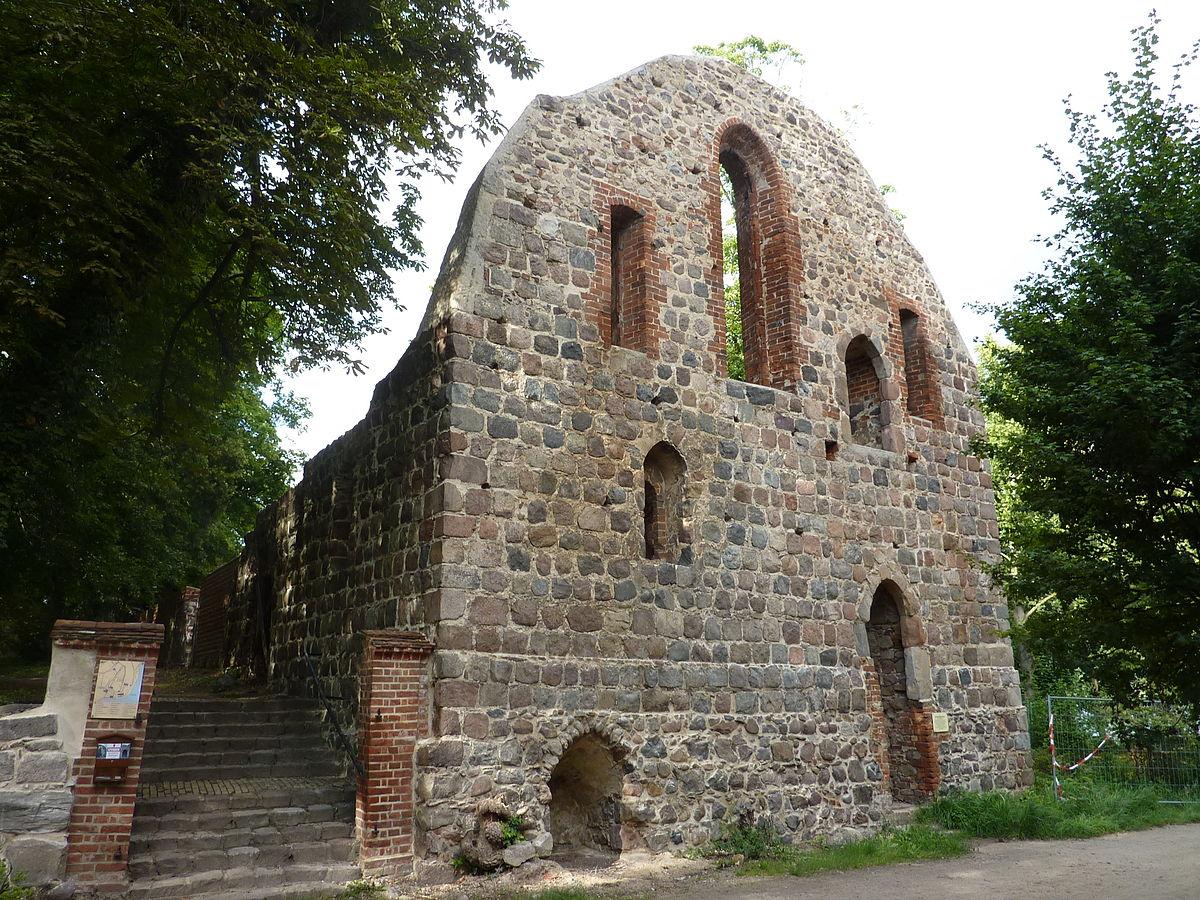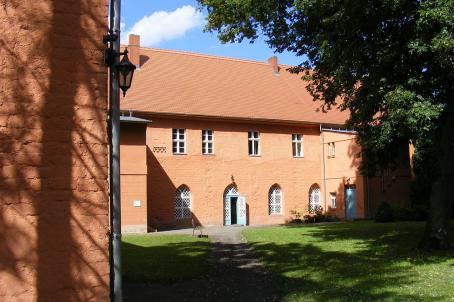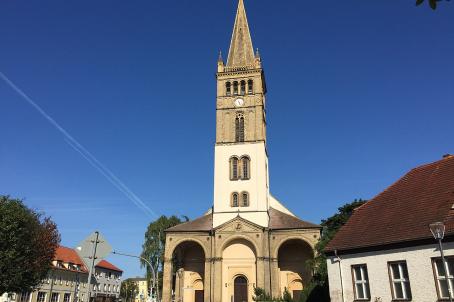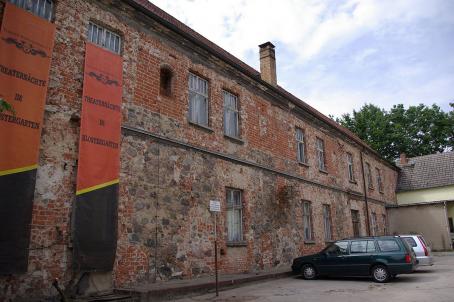Lindow Monastery

The monastery of Lindow was founded around 1230 as a Cistercian convent. At the beginning of the 16th century it was one of the richest monasteries of the March, so much so that the Reformation movement did not interrupt its operation, but turned it into a Protestant convent for ladies. During the Thirty Years' War (1638), the monastery complex was destroyed by imperial troops. The building of the former monastery school dating from the 15th century is still well preserved, as is the former wash-house. The former monastery is surrounded by a park, which is now used as a multi-religious project where plants have been chosen as a connecting element between religions.
About this building
For more information visit on this building visit www.klosterland.de/Monastery/Lindow





